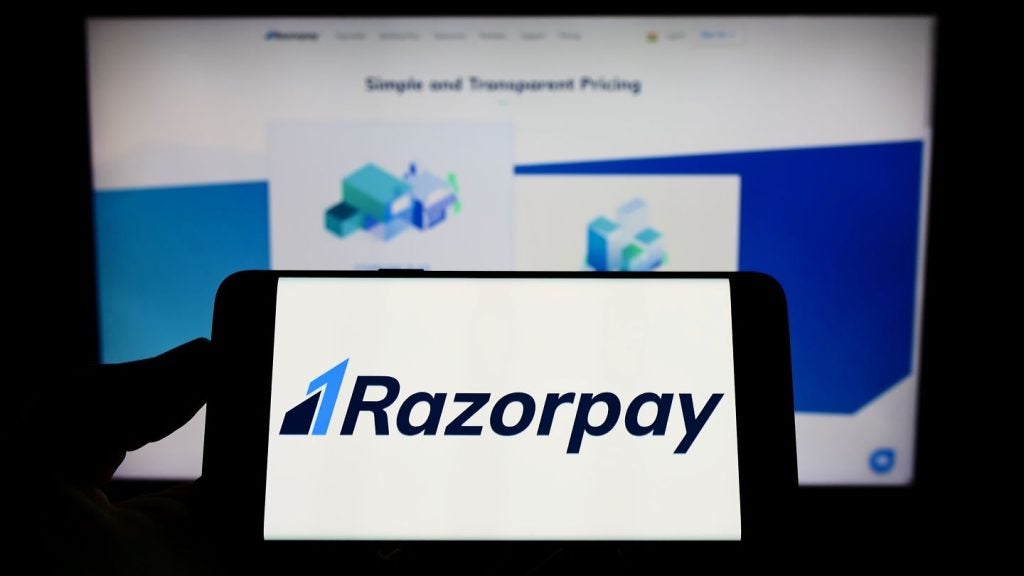While more people shop online, the way they shop is also changing. Ecommerce is projected to keep growing, exacerbated by the Covid-19 pandemic, while mobile commerce (mcommerce) has also picked pace in recent times, especially among millennials and Generation Z. It is projected to account for 50% of ecommerce by 2021 and will eventually become the main way consumers shop online.
Listed below are the key macroeconomic trends impacting the online payments theme, as identified by GlobalData.
Covid-19
The global Covid-19 pandemic is probably the single most impactful theme on the global economy in 2021. The online payments sector greatly benefited from the pandemic as consumers’ mobility was restricted, and they were forced to rely on online platforms to meet their basic needs. This in turn forced consumers to develop new payments habits, which contributed to the growth of alternative payments such as digital wallets and peer-to-peer (P2P) apps.
Cross-border payments
The current landscape of online cross-border payments is still dominated by MoneyGram and Western Union. But new challengers such as WorldRemit and Wise are challenging the long-established players. Both Wise and WorldRemit are able to offer international cross-border transactions at a lower rate than MoneyGram and Western Union.
In 2020, WorldRemit partnered up with Alipay to tap into the Chinese diaspora, an important strategy given that China has the world’s highest mobile payment penetration. Bitcoin and other cryptocurrencies are also emerging as competitors in this space.
Emergence of regional card schemes
Domestic card schemes are being rolled out in many European countries, but due to their inabilities to cover international transactions, they have to partner with Visa or Mastercard to provide these services to their customers. In Russia, the national Mir payment scheme has gained 28.6% of all debit cards in circulation since its introduction in late 2015. The rapid adoption of the payment scheme was enforced by the mandates the government imposed on merchants and consumers.

US Tariffs are shifting - will you react or anticipate?
Don’t let policy changes catch you off guard. Stay proactive with real-time data and expert analysis.
By GlobalDataEmerging economies
Some emerging countries are also improving their online payments ecosystems by modernising their payments infrastructure with the adoption of digital payment platforms. Currently, cash is still the main method of payment for many emerging economies, but the introduction of digital payments in those economies is going to open online platforms to new audiences who may not be familiar with online payments.
Geopolitics and China
China is the world’s largest online payments market by a significant margin, and the key players – UnionPay, Ant Financial, and Tencent – are all tied up to one degree or another with the Chinese government. Chinese players have also all been forging partnerships and making acquisitions with the aim of expanding beyond China’s borders and moving into new markets. These moves have created the beginnings of a regional mobile payment network within Southeast Asia.
With the recent decision of US president Joe Biden to lift the ban on payments apps such as WeChat and Alipay, Chinese payments apps can now expand their reach into the US market. However, the Chinese government’s crackdown on domestic fintechs will hinder its international potential.
Increasingly cashless societies
For decades, cash has been on the decline globally in favour of electronic payment tools – and this trend has been accelerated by the Covid-19 pandemic. With consumers forced to stay at home due to lockdowns, many have had to rely on online shopping to meet their needs. This worked to the benefit of cards and alternative payments as they are default payment methods for online transactions.
While card payments are still the main online payment option across most of the world, the Asian market has already replaced them with alternative methods.. However, due to the limited penetration of card payments in Africa, alternative payments, especially those on mobile such as M-PESA, are rapidly being adopted by consumers.
Proliferation of payment methods
The digitisation of the payments industry is contributing to an increase in online payments, with consumers having access to many different ways of transferring funds. Cards are still an important means of payments for many consumers, but other alternative methods can be more flexible than cards.
With P2P payment platforms like Square’s Cash App and Venmo, consumers can directly transfer funds to a recipient. Though controversial, cryptocurrencies such as Bitcoin are being used in some developing countries to execute remittance transfers.
Rise of millennials and Gen Z
Millennials and Gen Z are the main demographics that use alternative payment methods, such as Cash App, Klarna, Venmo, and controversial trading app Robinhood, as well as fintechs and challenger FS firms worldwide in general. Millennials and Gen Z are open to trying innovative and disruptive solutions if they are convenient, easy to use, and can add value to their lifestyle.
Super apps
One of the major synergies that online payments bring to the table, is the ability to directly integrate them into the social media platforms that are now the central method of communication for many consumers. For example, WeChat fully integrates payments into a chat app with a gigantic user base, creating a digital space where enterprises and sole traders can conduct their business while also facilitating P2P payments.
Meanwhile, Facebook Pay is currently being rolled out in different countries across its Facebook, Messenger, WhatsApp, and Instagram social media platforms. Across all its platforms, Facebook has access to more than three billion monthly active users. In Kenya, the M-PESA app is expanding its features with the release of M-PESA Super App, which allows consumers to access a huge number of merchants and businesses to make payments.
In addition, PayPal redesigned its digital wallet app into a super app, integrating a comprehensive number of features such as messaging, enhanced direct deposit, check cashing, budgeting tools, bill pay, crypto support, subscription management, buy now, pay later (BNPL) features, and ecommerce capabilities.
Environmental, social, and governance (ESG)
In the payments industry generally, sustainability incorporates issues relating to eliminating non-recyclable waste in supply chains, improving business ethics, and investment in sustainable enterprises outside of the industry. Plastic cards contribute to almost six million tons of plastic waste in landfill, according to Mastercard.
Some companies are focusing on developing and promoting eco-friendly cards, but with six billion payment cards produced every year worldwide, along with the need to be replaced every three to four years, they still need to be properly recycled. The smartphone industry is also not without its faults in terms of sustainability. Supply chain waste as well as the question of planned obsolescence will need to be addressed.
This is an edited extract from the Online Payments – Thematic Research report produced by GlobalData Thematic Research.





